The Zuse Computer Museum in Hoyerswerda commissioned four exhibits about the origins of the modern computer. The new permanent exhibition is covering the evolution of information technology throughout the last century by showcasing various milestones of computer history. Numerous machines of inventor and computer pioneer Konrad Zuse like the Z11, Z22 or Z64 can be seen in the museum.
Z22R
Upon entry an original Z22R (1955) is welcoming the visitor. The front of the machine is open, offering insight into its guts. Projection mapping on switchable glass is giving us the opportunity to illuminate the insides of the machine as well as projecting animations onto the front of the machine. The animated sequence is explaining key components of the historic machine and giving an introduction to Konrad Zuses life and achievements.
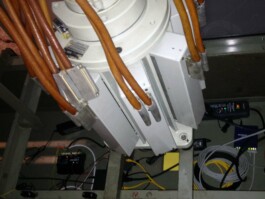
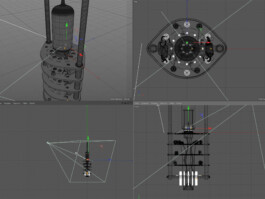
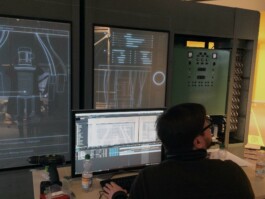
Plotter
Inspiration for this exhibit was Zuses flatbed drawing machine Z64 from the year 1956. We developed an easy to programm pen-plotter inviting the visitors to explore the basics of coding. It uses simple building blocks that are associated with basic code constructs. The code of each block is translated into a simple pseudo-code displayed on the screen. This code navigates the pen. When the visitor sends the code to the plotter, they can watch the visual output on the paper simultaneously with the executed code on the screen. Every visitor can take home their own drawn artworks.
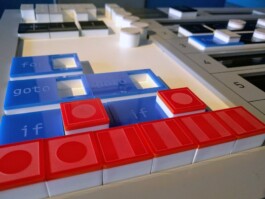

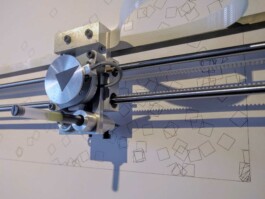
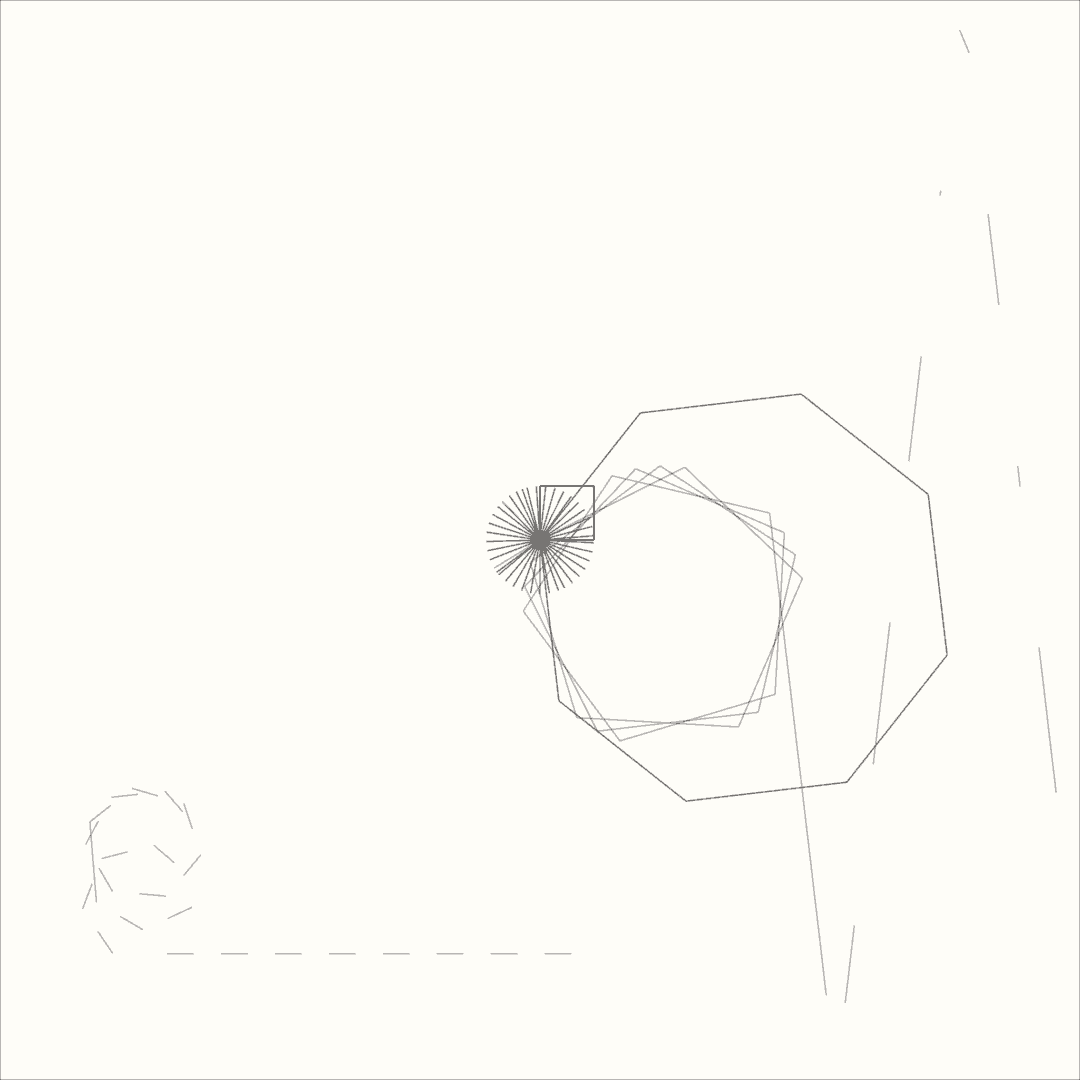
Taktkurbel
The exhibit illustrates how the development of relay, tube and transistor caused the exponential increase of processing speed starting with 1 Hertz up to several GHz nowadays. A lever lets the visitors interactively experience the evolution of clocking speeds in computers. The transparent screen allows to simultaneously see the gears, that are turned by the lever, and a playful, explanatory interface that illustrates the simulated transmission changes and the resulting clocking speeds. The visitors can learn which computer ran with which technology and how the speeds developed, The lever transmission is automatically switched in three gears. Reaching a certain clocking speed is revealing one of three short animations, which each explain one of the three computer components relay, tube and transistor in detail.
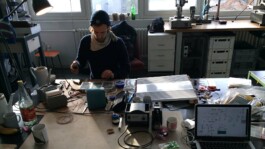
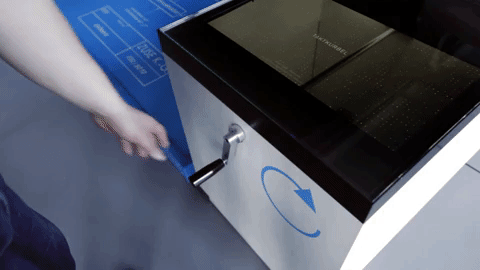
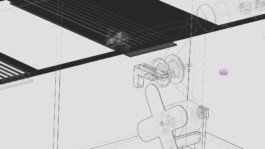
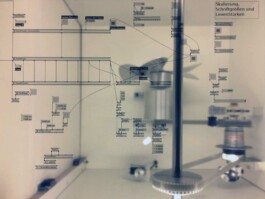
Chip Microscope
The exhibit explains the progressive miniaturization of computer technology. A chip is placed under a microscope with approx. 100-fold magnification, its image is transferred to a screen. The visitor can control the position of the microchip via a control panel. On the screen, information about the microchip (eg year, power, area of application) is displayed. The visitor can activate different “levels” through his interaction, displaying the various functional areas or the detailed structure of the chip. The used chip is a MOS 6502, a famous 8-bit microprocessor that was introduced in 1975 and caused a rapid decrease in pricing among the entire processor market. As such, it played a key role in introducing computers and game consoles into everybodies homes.
The MOS 6502 was for example used in the Atari 2600, Apple II, Nintendo Entertainment System, Commodore 64 as well as in the “Terminator” and Futurama’s robot Bender.
Special thanks for the vector model of the MOS6502 to Greg and everybody else from visual6502.org/

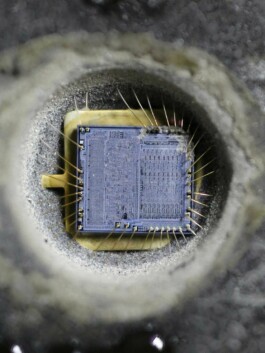
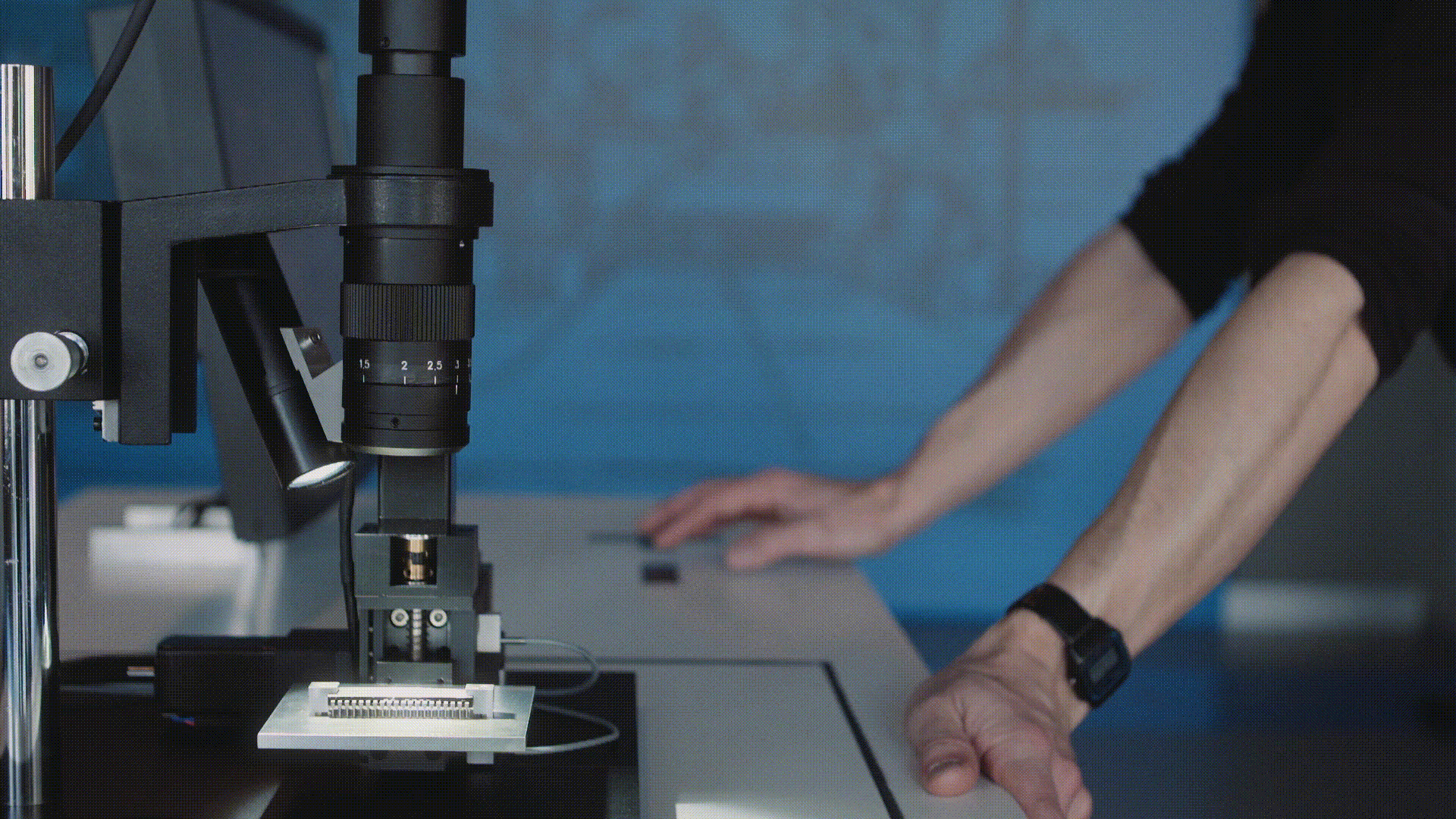
Client
ZCOM Zuse Computer Museum
Credits
All four exhibits were created and produced in collaboration with AnalogNatives & Jan Bernstein.
Sounddesign for Z22R by Kling Klang Klong.
Music for the clips PLOTTER, TAKTKURBEL and CHIP MICROSCOPE by Kling Klang Klong.
Music for ZUSE COMPUTER MUSEUM by Fugu Vibes.
All Clips filmed and edited by Robert Arnold.